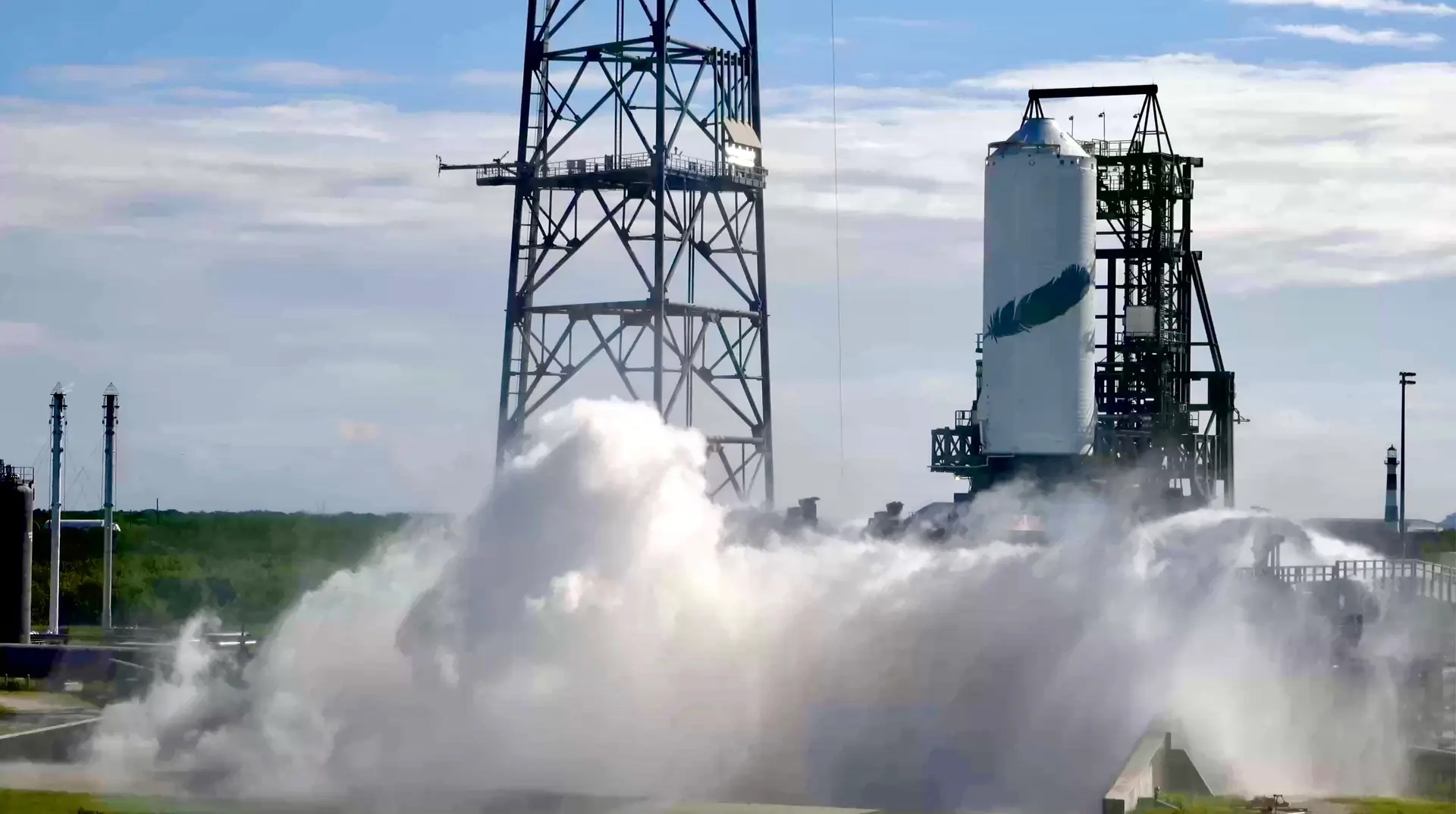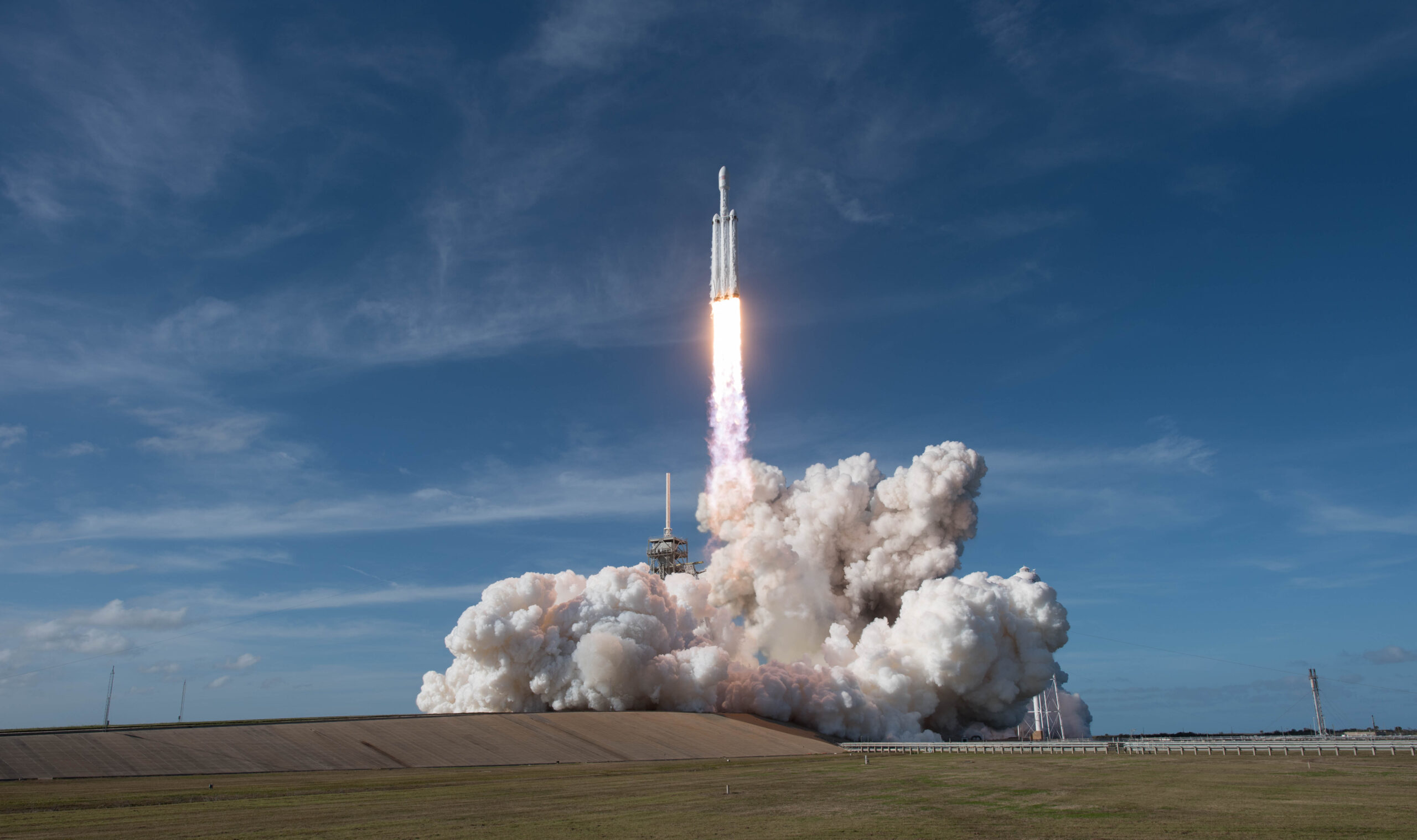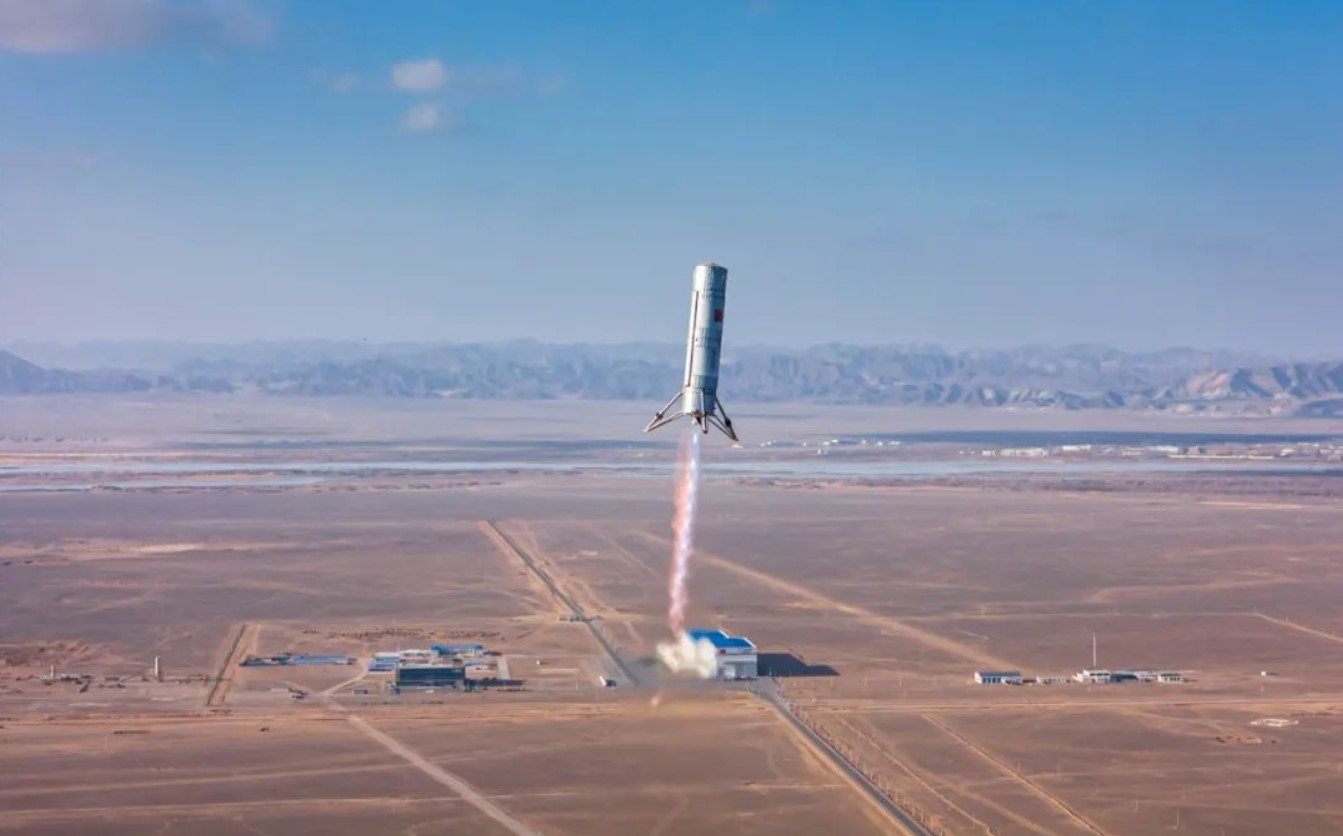WASHINGTON — Blue Origin successfully tested the upper stage of its first New Glenn rocket, but on a schedule that appears to vindicate a NASA decision not to use it for a mid-October launch of a Mars mission.
Blue Origin said it test-fired the second stage of the New Glenn on the pad at Cape Canaveral’s Launch Complex 36 Sept. 23. The two BE-3U engines in the upper stage fired for 15 seconds in the test.
The test firing “marked the first time we operated the vehicle as an integrated system,” the company stated, testing interactions among various vehicle systems and ground equipment. It also provided practice for the launch control team.
The test was one of the key milestones leading up to the inaugural New Glenn launch, called NG-1 by Blue Origin. That mission was originally slated to carry a NASA mission called ESCAPADE, sending a pair of smallsats to Mars. That required launching during a narrow window between Oct. 13 and 21 of this year.
However, NASA announced Sept. 6 that it would not proceed with that launch schedule, making the decision before fueling the spacecraft. The agency said it sought “to avoid significant cost, schedule, and technical challenges” of removing fuel from the spacecraft if the launch was later delayed.
Blue Origin will instead use the NG-1 mission to test technology for its Blue Ring orbital transfer vehicle. That launch is scheduled for as soon as November.
The timing of the upper stage test appears to validate NASA’s decision not to proceed with an October launch of ESCAPADE. At the time NASA announced its decision, a company source said the Blue Origin was preparing for the upper stage static-fire test for early the following week, with no plans to slow down or otherwise significantly change launch preparations.
That schedule slipped. “We’re going to do an upper stage hot-fire test this week,” said Lars Hoffman, vice president of government sales at Blue Origin, during a panel at the U.S. Chamber of Commerce’s Global Aerospace Summit Sept. 11. The test, though, did not take place until nearly two weeks later.
The focus now turns to the booster. Speaking at World Space Business Week Sept. 16, Jarrett Jones, senior vice president for New Glenn at Blue Origin, said the company was working to install the seven BE-4 engines into the stage. “By the end of the month, we’ll be sending the booster to the pad,” he said, where it will also go through a static-fire test.
“We’ll have a launch-ready rocket next month,” he said. “We are launching in 2024,” later confirming a launch as soon as November.
Neither Blue Origin nor NASA have provided many details about rescheduling the ESCAPADE mission. NASA said in its Sept. 6 announcement that the next opportunity to launch the mission would be in the spring of 2025. That would be outside of the usual launch windows for Mars missions that are available roughly every two years, with the next in late 2026.
“We’ll be working with them closely on finding the precise launch window to launch those ESCAPADE spacecraft on to Mars,” Hoffman said, referring to NASA. “When you’ve got the New Glenn vehicle with this kind of performance, it opens up a little bit more flexibility in terms of how we can support a launch like that.”
“The ESCAPADE team is still exploring several mission design options with different arrival dates, and specifics of any given launch opportunity depend on the final mission design,” NASA spokesperson Sarah Frazier told SpaceNews shortly after NASA announced the delay in launching the mission. “In general, launches outside of direct Mars windows, including a potential spring 2025 launch, can incorporate longer cruise times for spacecraft to travel to the Red Planet.”



